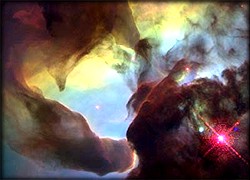 |
Gas, Dust, Nebulae |
 |
Gas, Dust, Nebulae |
|
Interstellar Gas
|
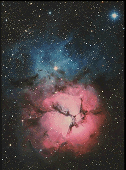 |
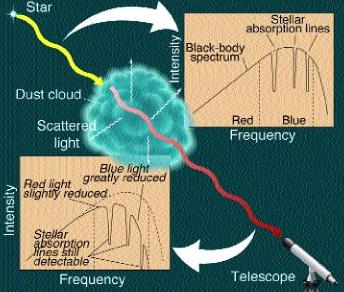 |
Interstellar Dust
|
|
Hot, Warm and Cool Clouds - Bright Nebulae
|
_250x250.jpg) |
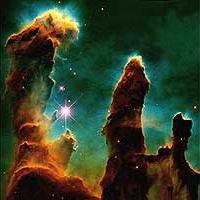 |
Cold, Molecular Clouds - Dark Nebulae
|
|
How Does the ISM Evolve? What Role Does it Play?
|
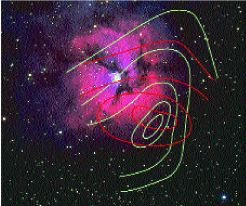 |
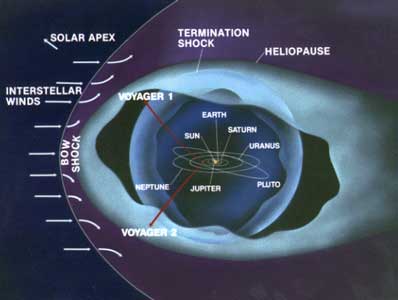 |
Our Own Neighborhood
|
![]()
page by luca bombelli <bombelli at olemiss.edu>, modified 29 sep 2012